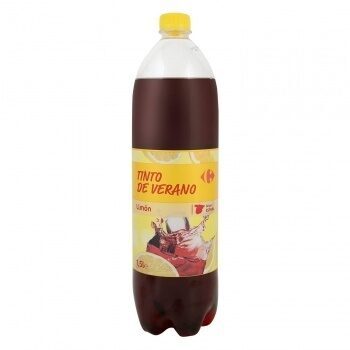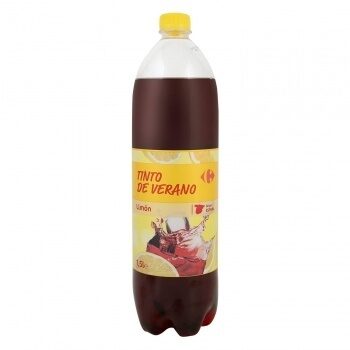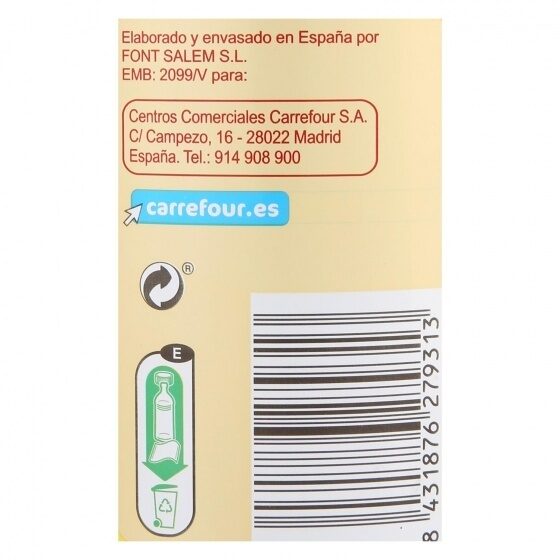Tinto de verano con limón - Carrefour
Aquesta pàgina del producte no està completa. Podeu ajudar a completar-la editant-la i afegint-hi més dades a partir de les fotos ja disponibles, o fent-ne més amb l'aplicació de androide o iPhone / iPad. Gràcies!
×
Algunes de les dades d’aquest producte les ha proporcionat directament el fabricant Carrefour España.
Codi de barres: 8431876279313 (EAN / EAN-13)
Marques: Carrefour
Botigues: Carrefour
Països on es va vendre: Espanya
Matching with your preferences
Entorn
Empaquetament
Transport
Report a problem
Fonts de dades
Producte afegit per elcoco
Última modificació de la pàgina del producte per teolemon.
La pàgina del producte, també editada per elcoco.0d1249f74181b453465411f6b58d3abf, kiliweb, org-carrefour-espana, yuka.WGY0akZic2J1TlU0c2RzNDJUYitvL0V1bkkrYmNFV0dFTXNlSWc9PQ.
Si les dades són incorrectes o incompletes, pot completar o corregir editant aquesta pàgina.






